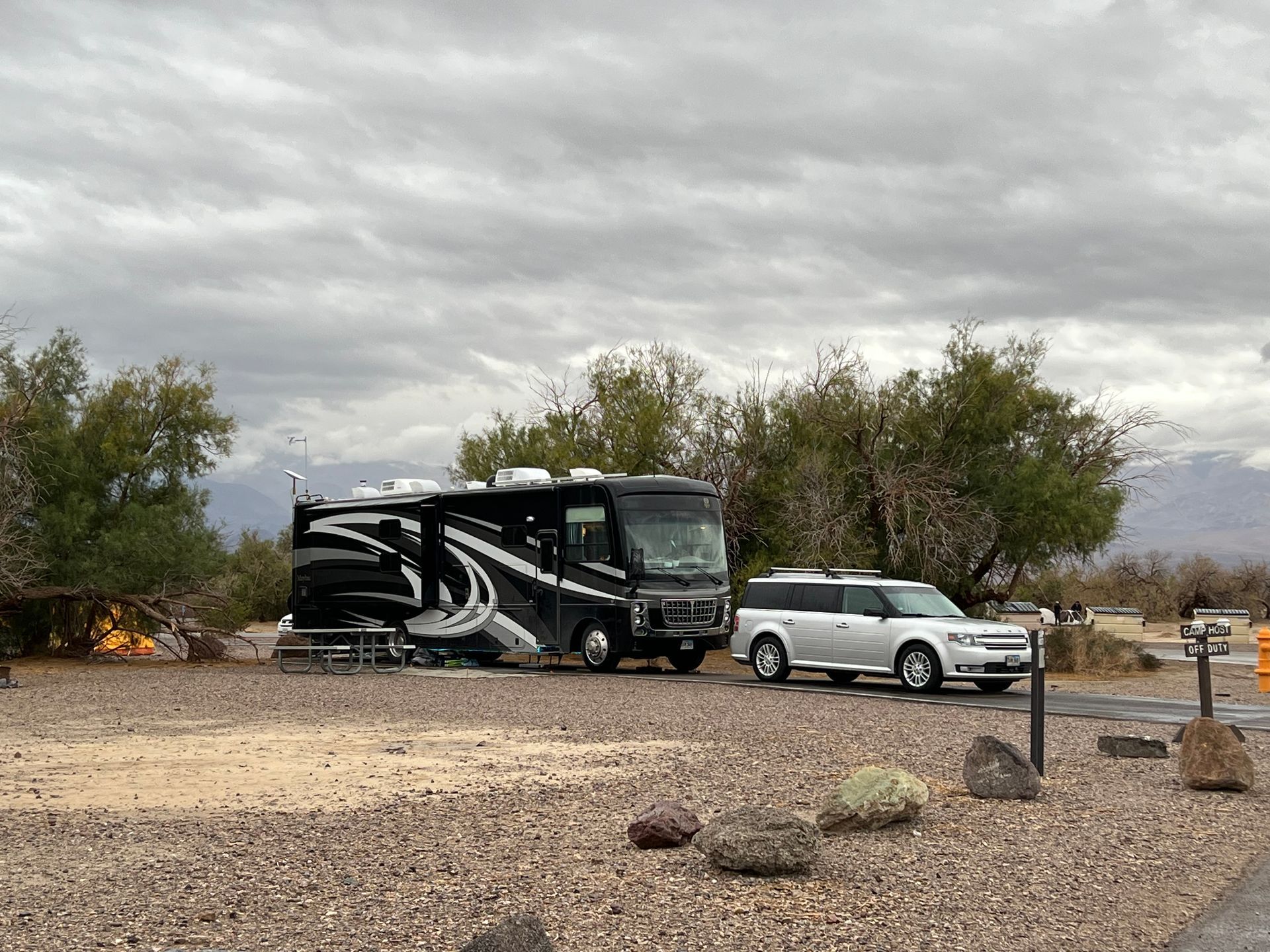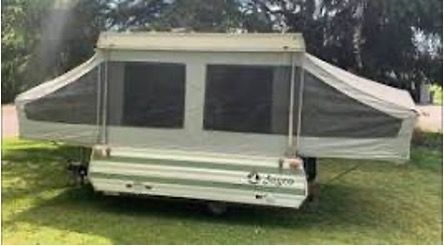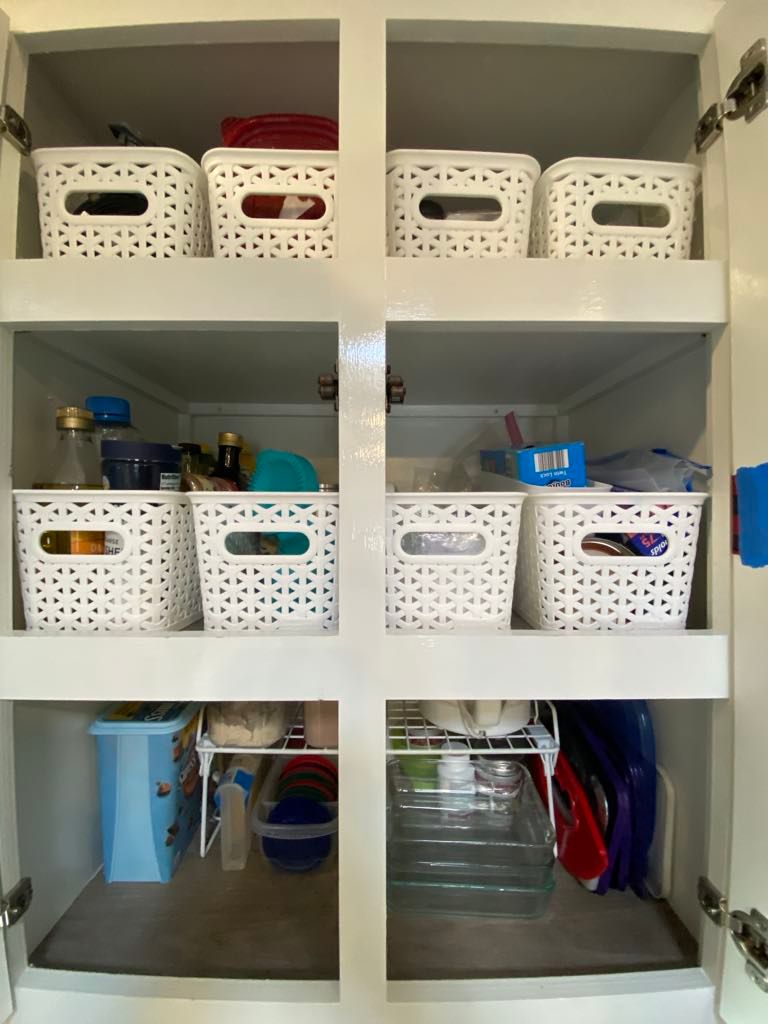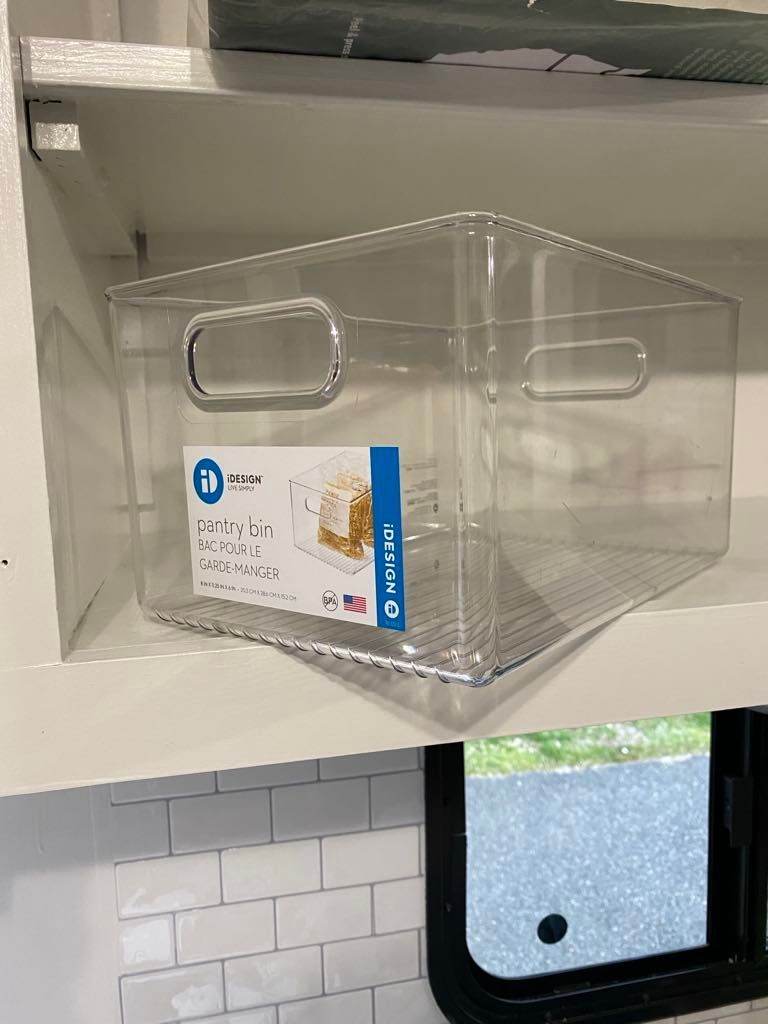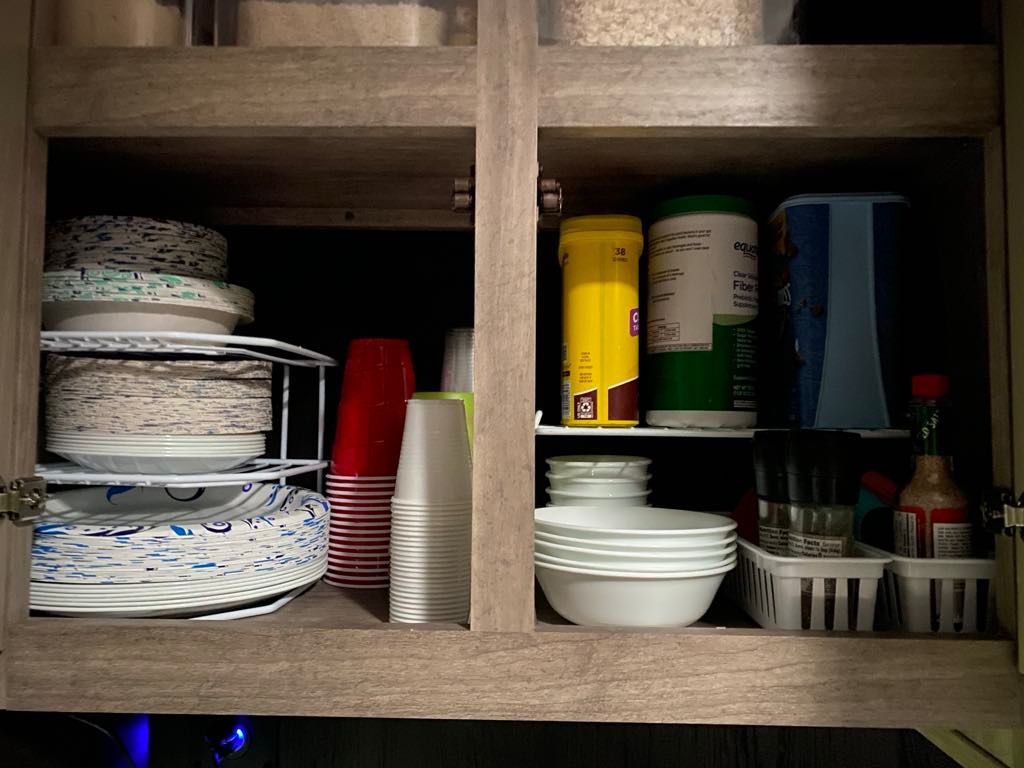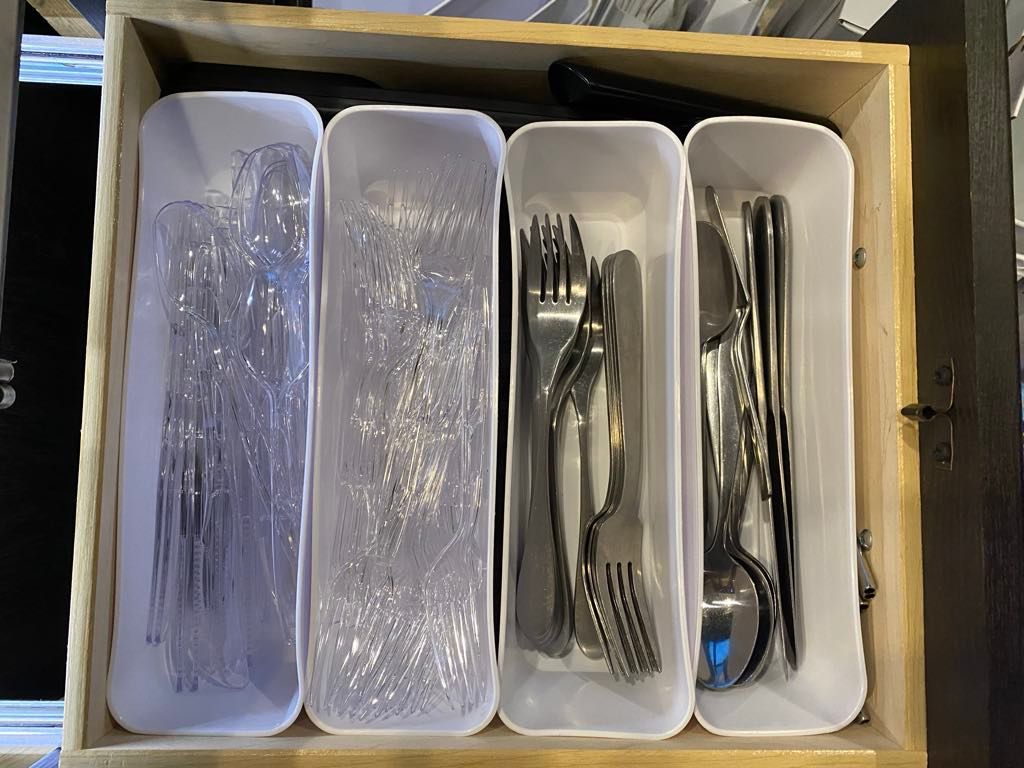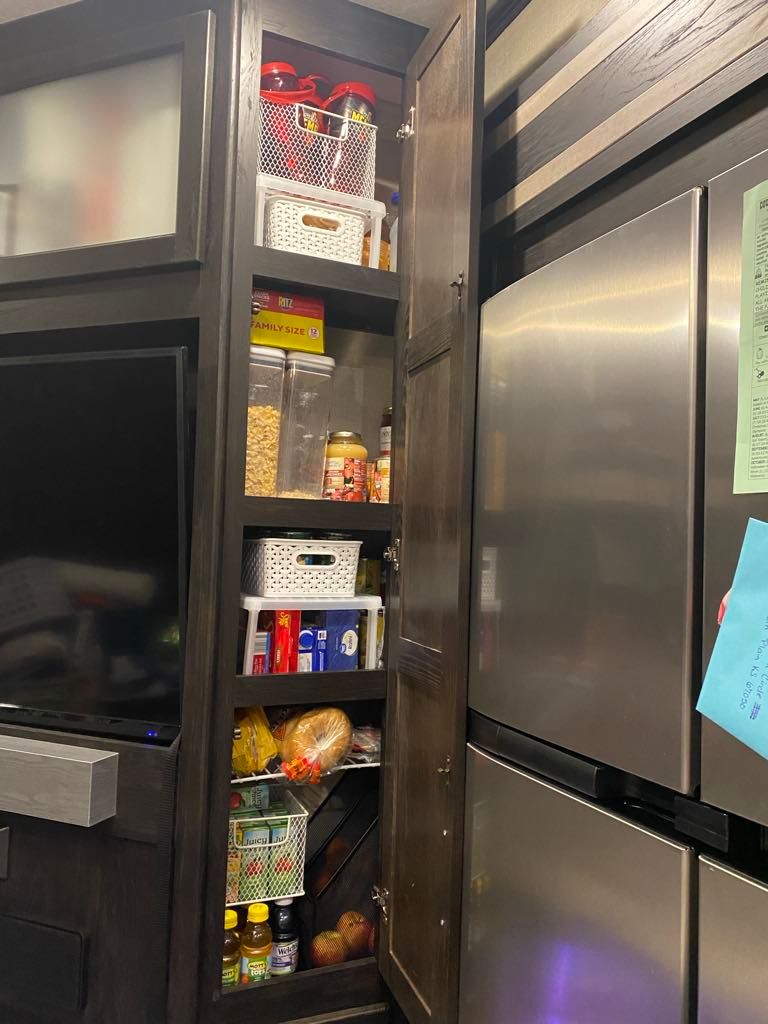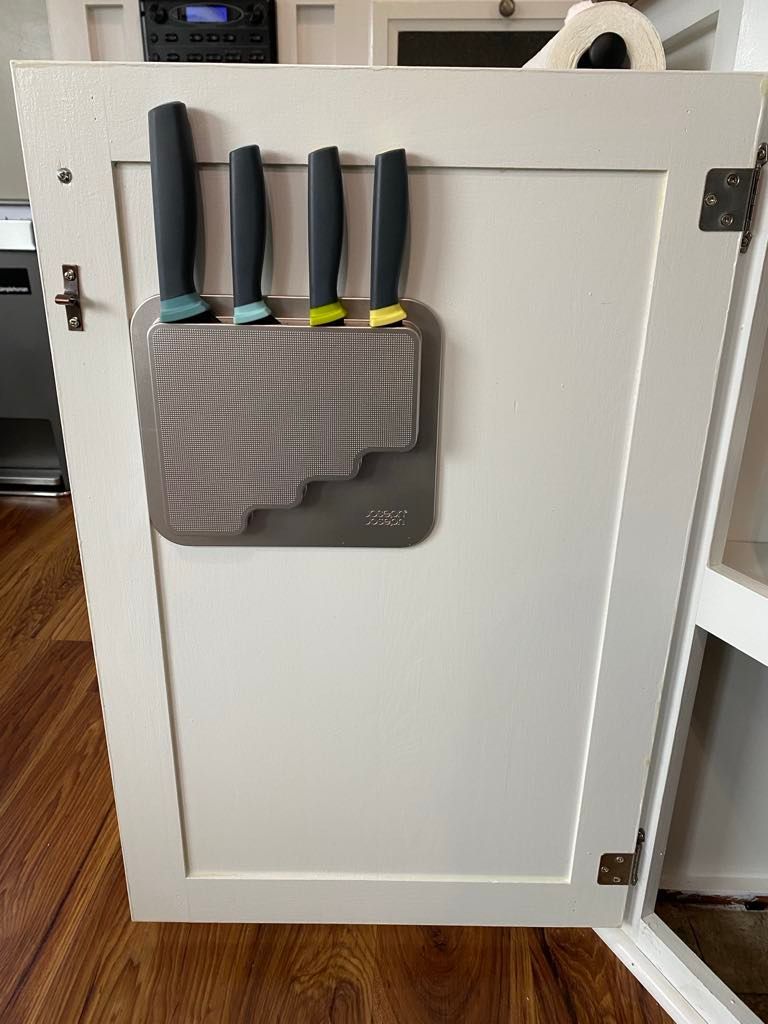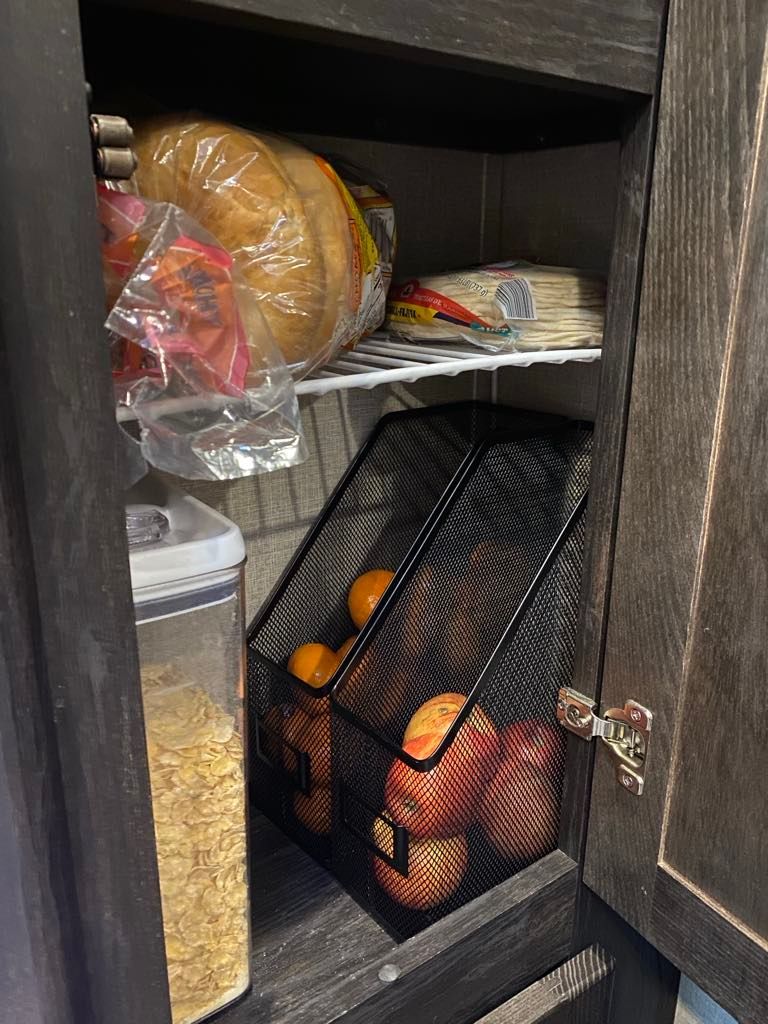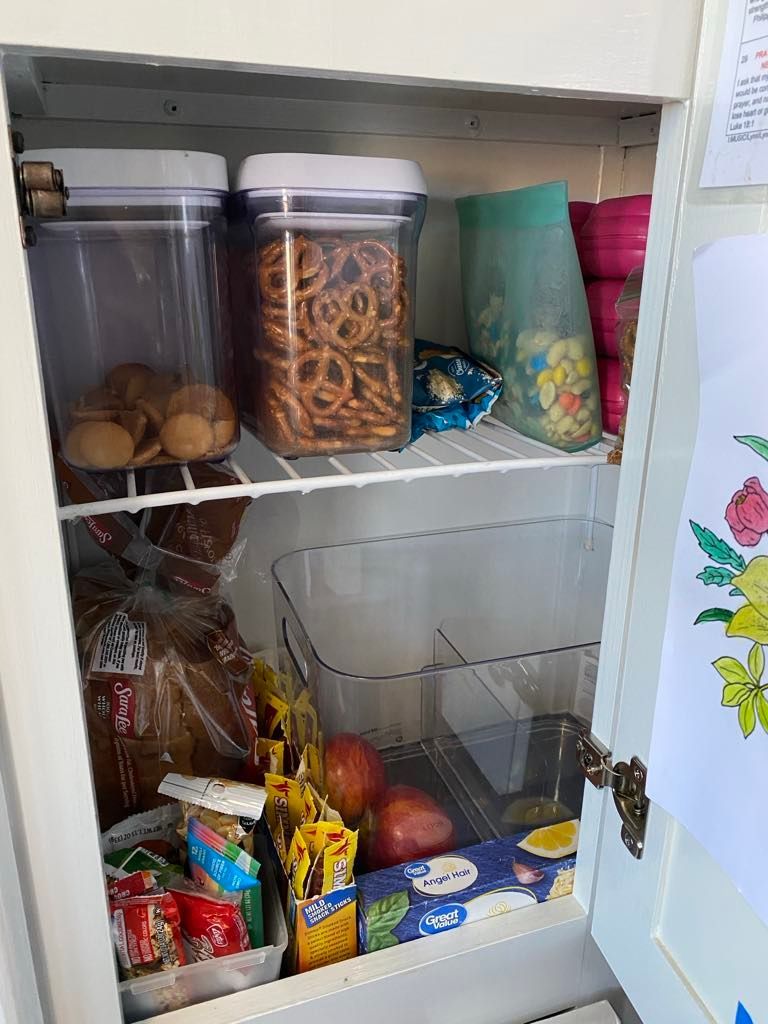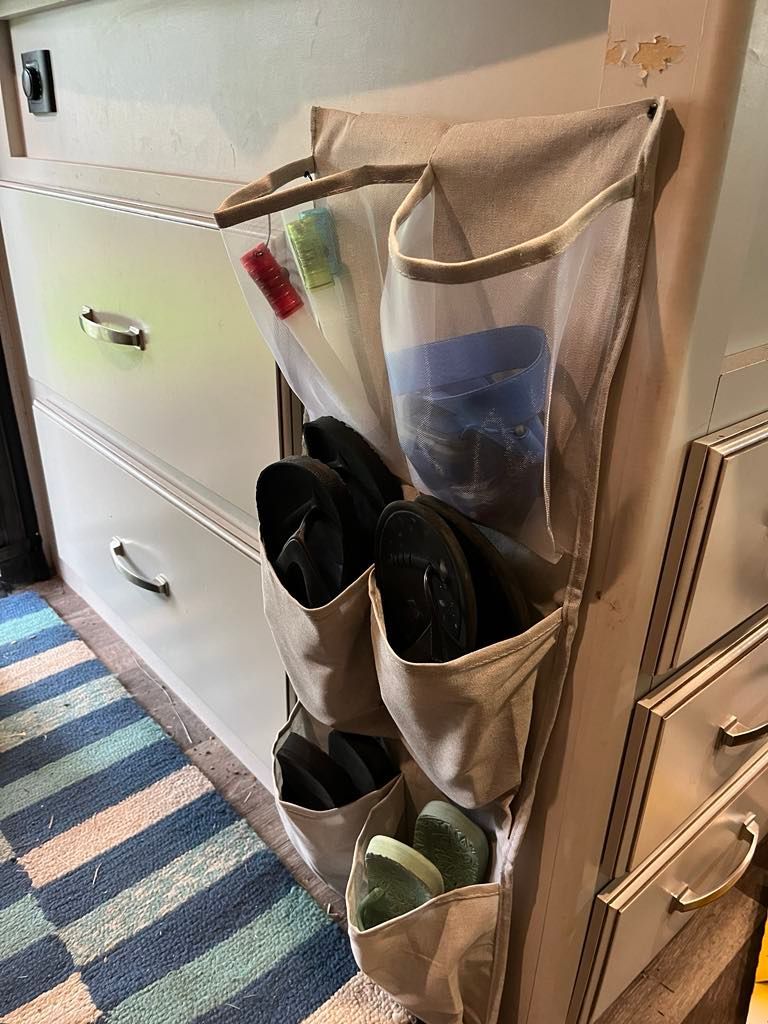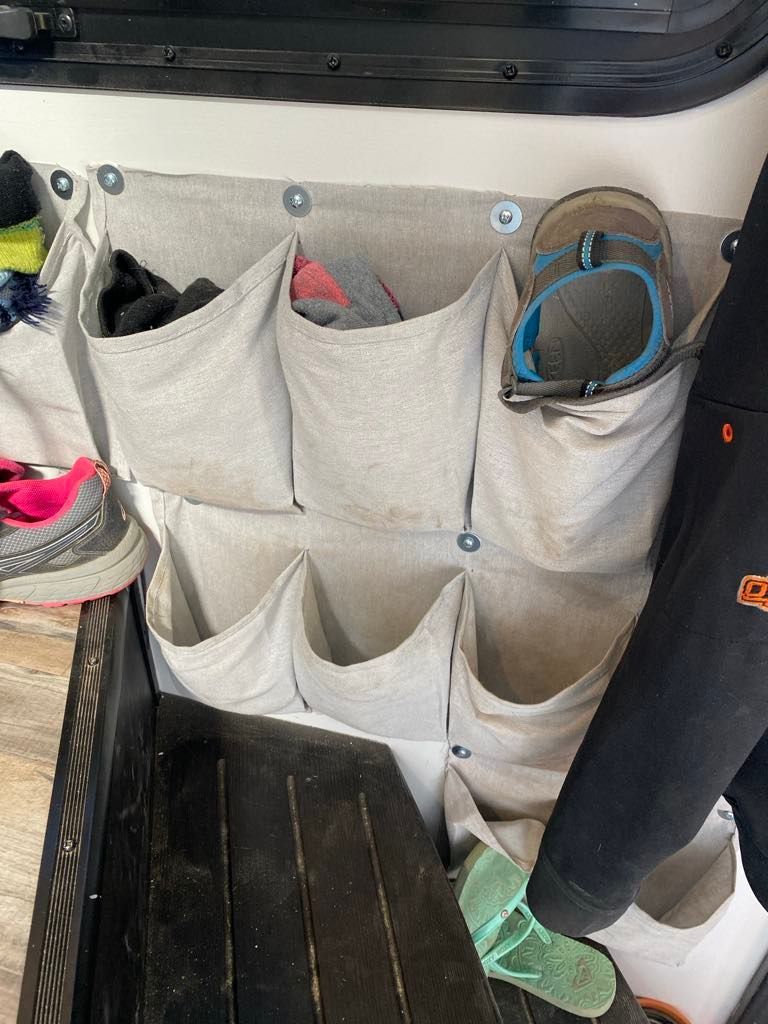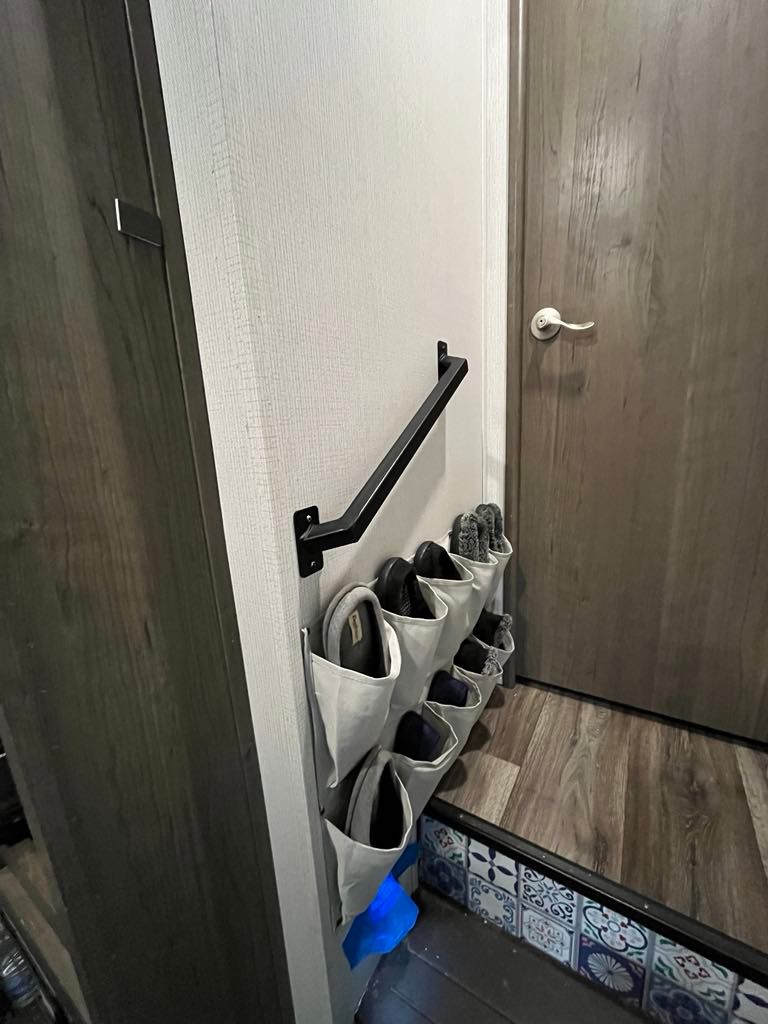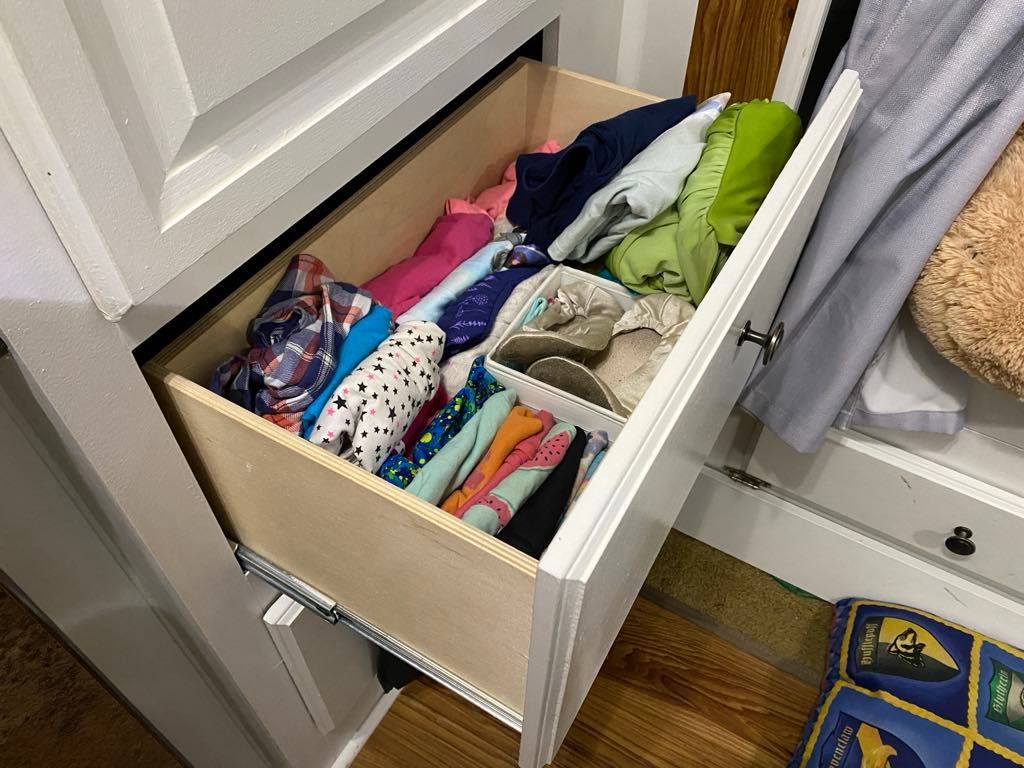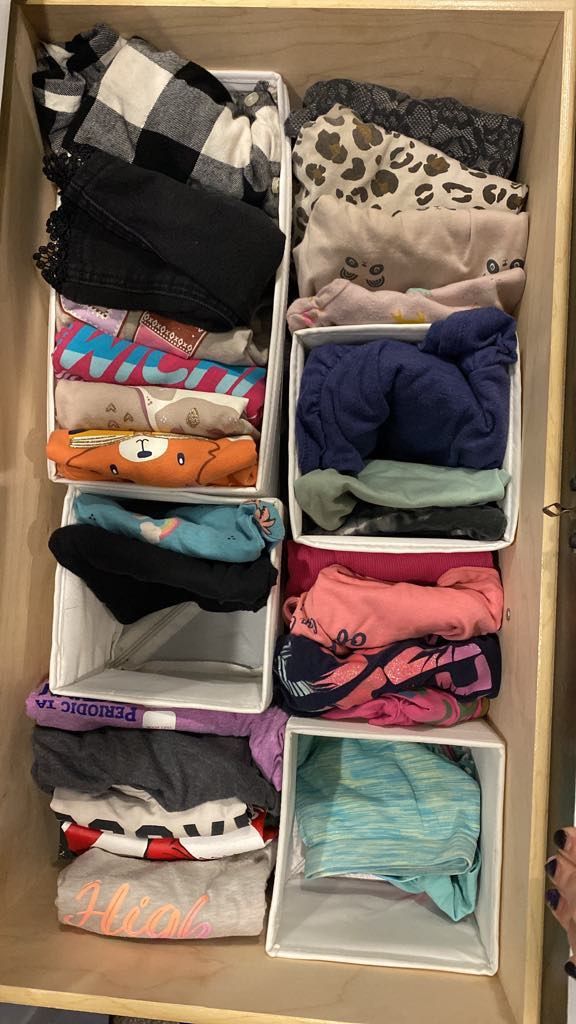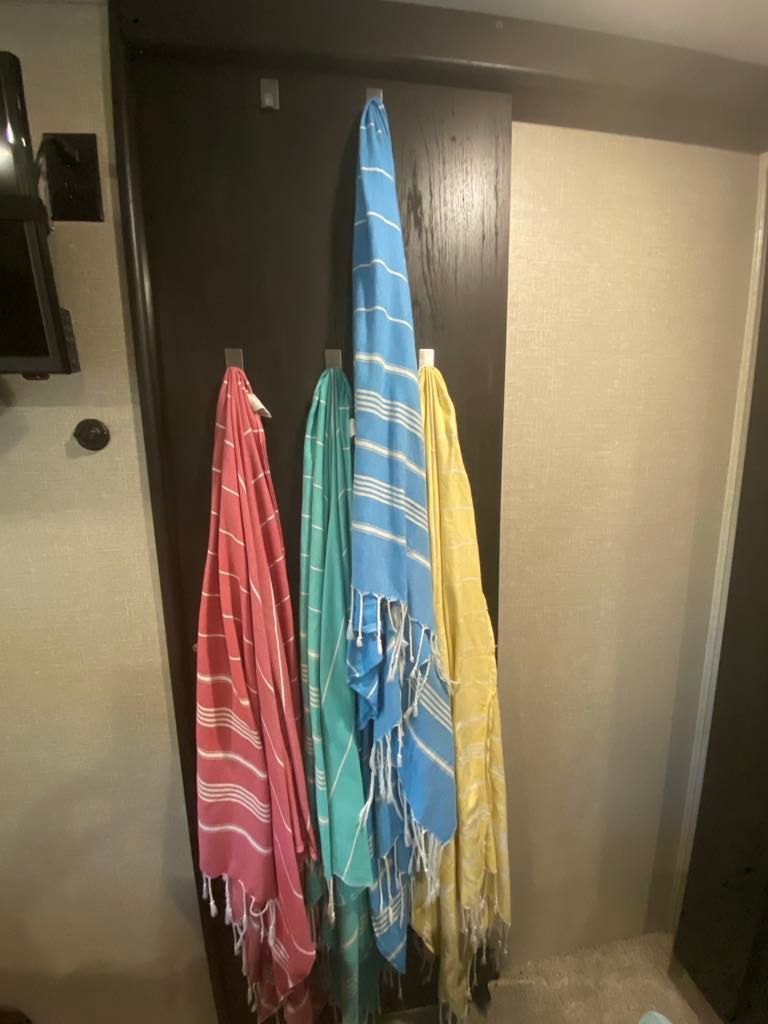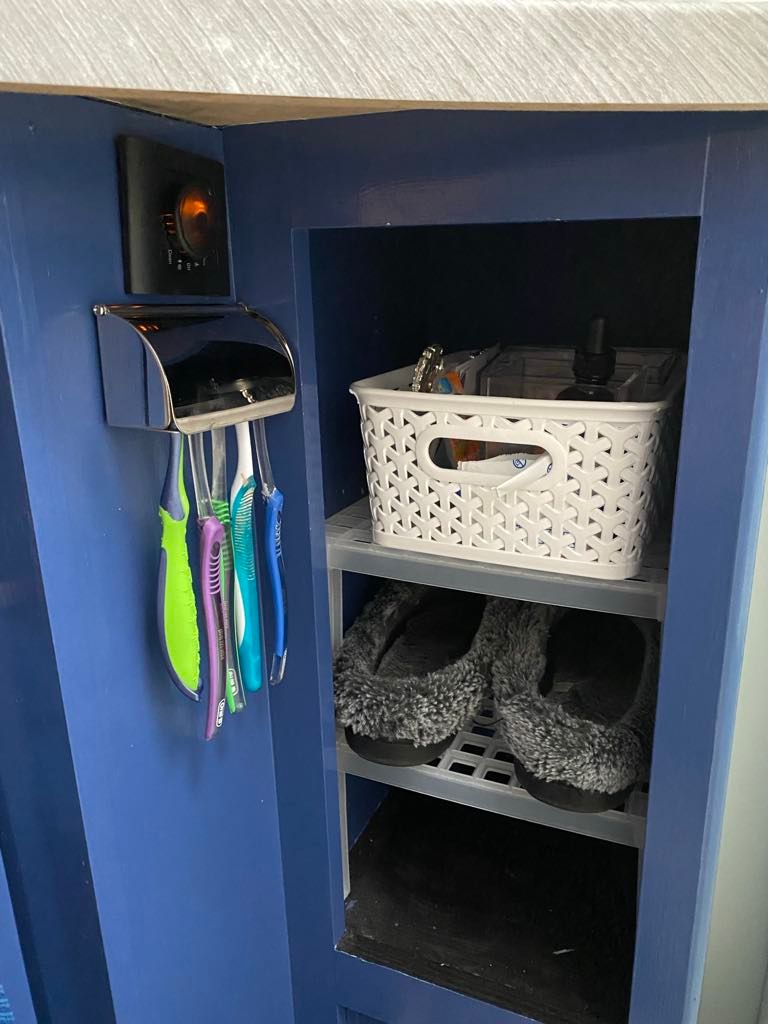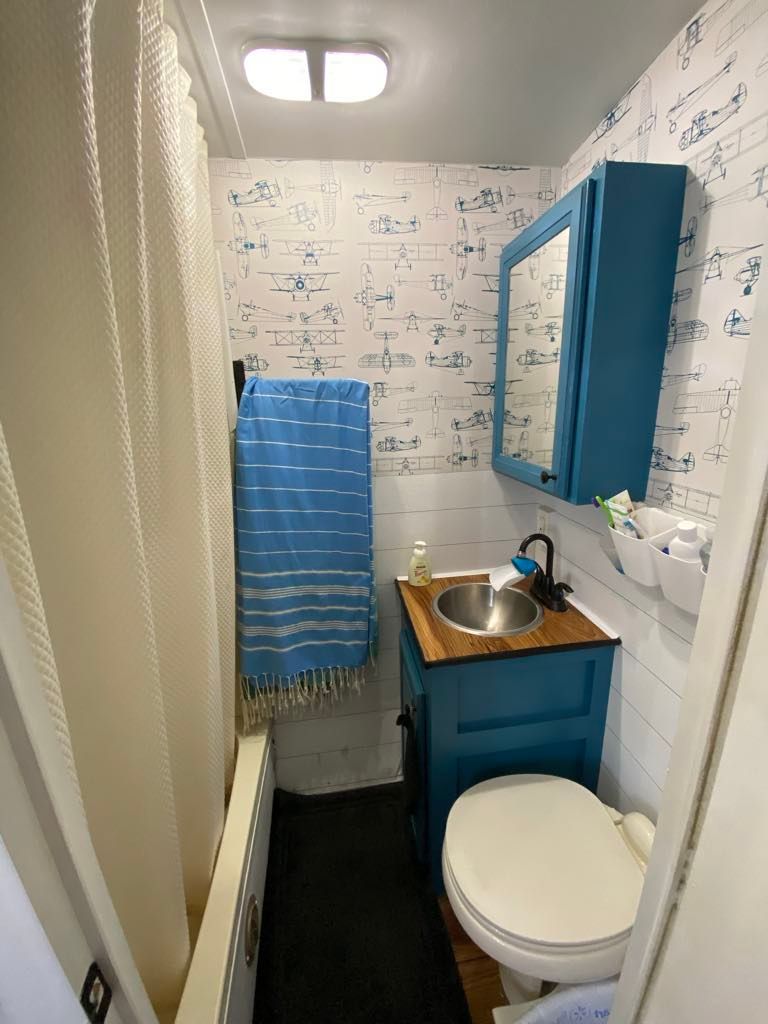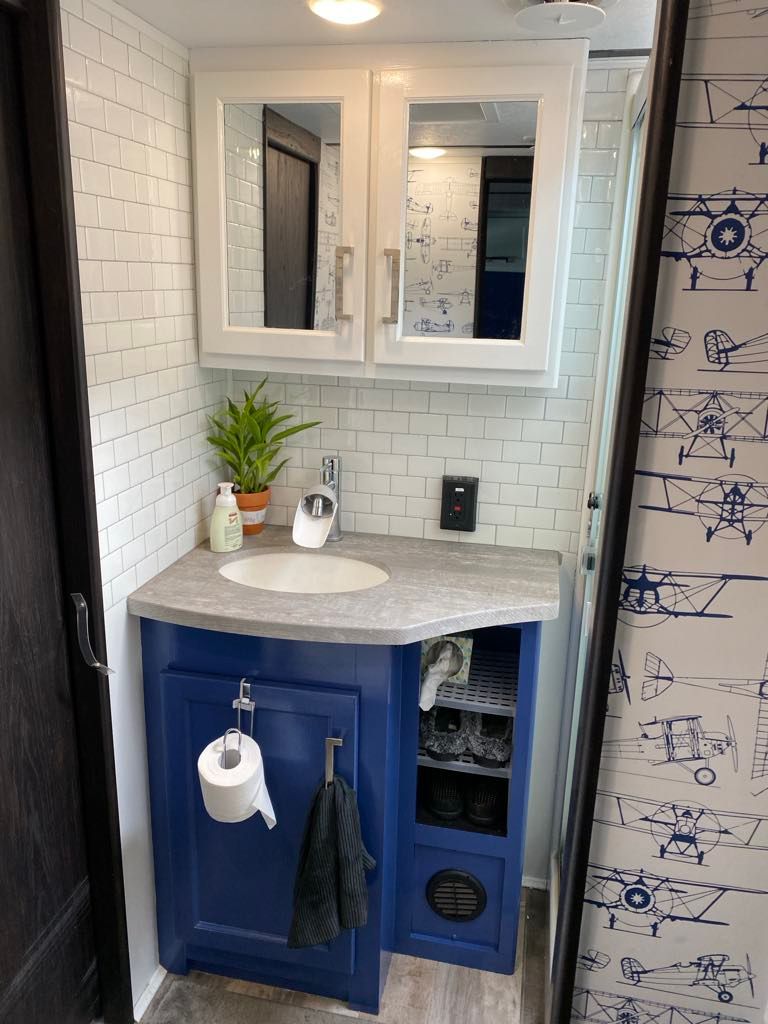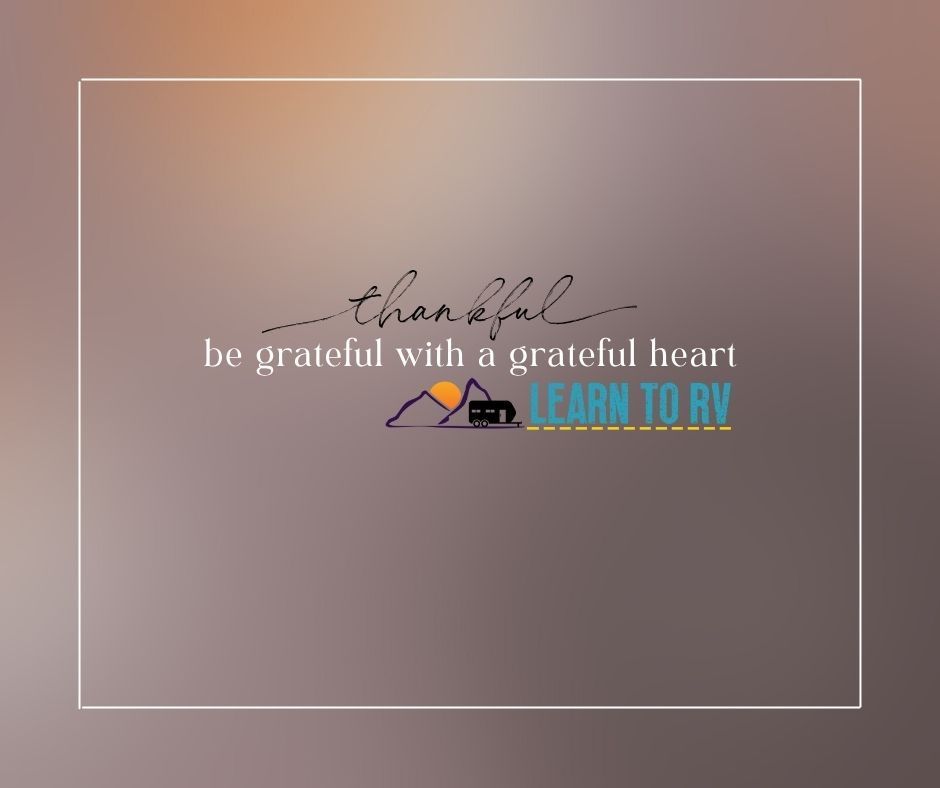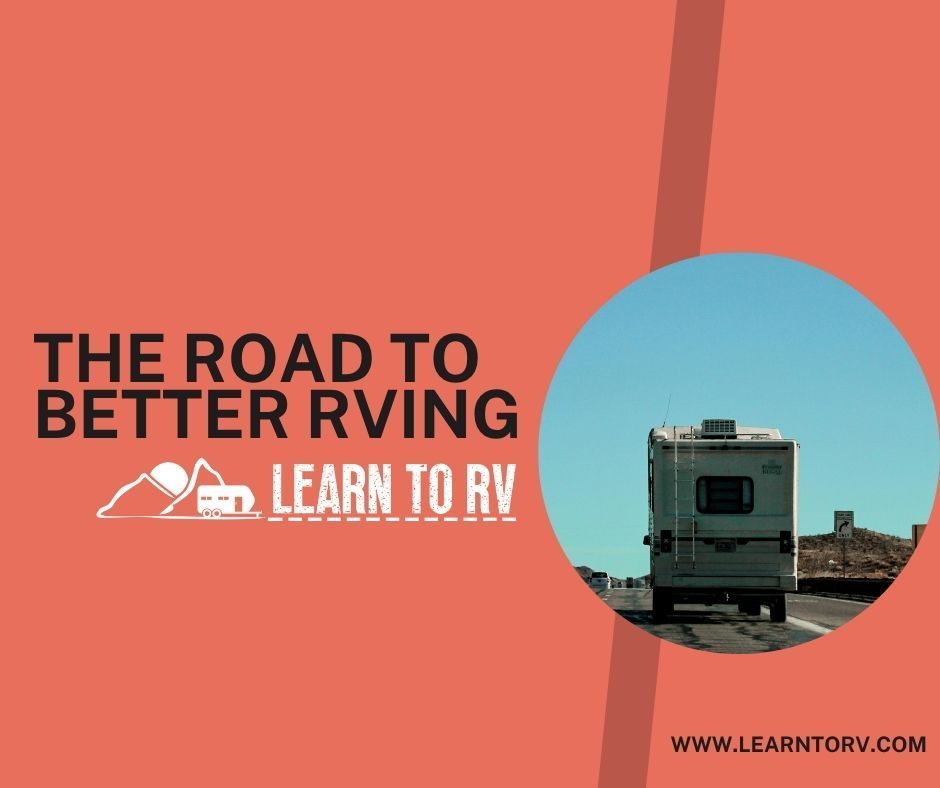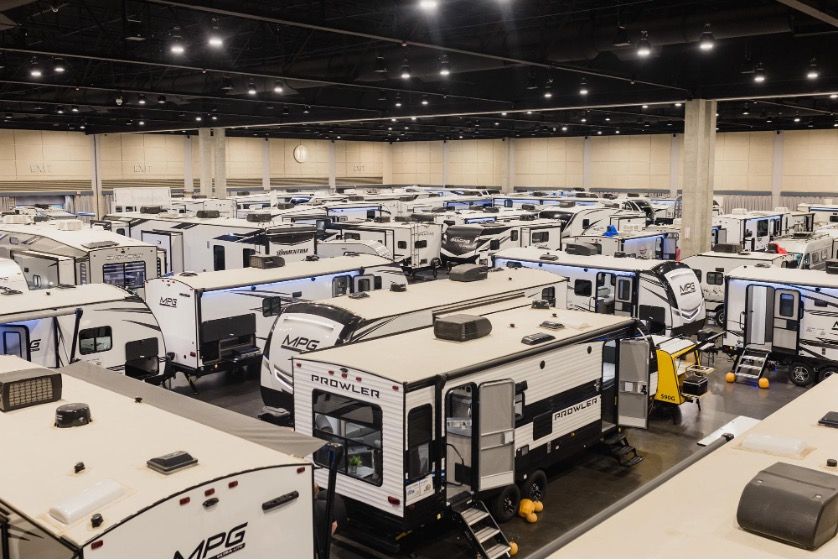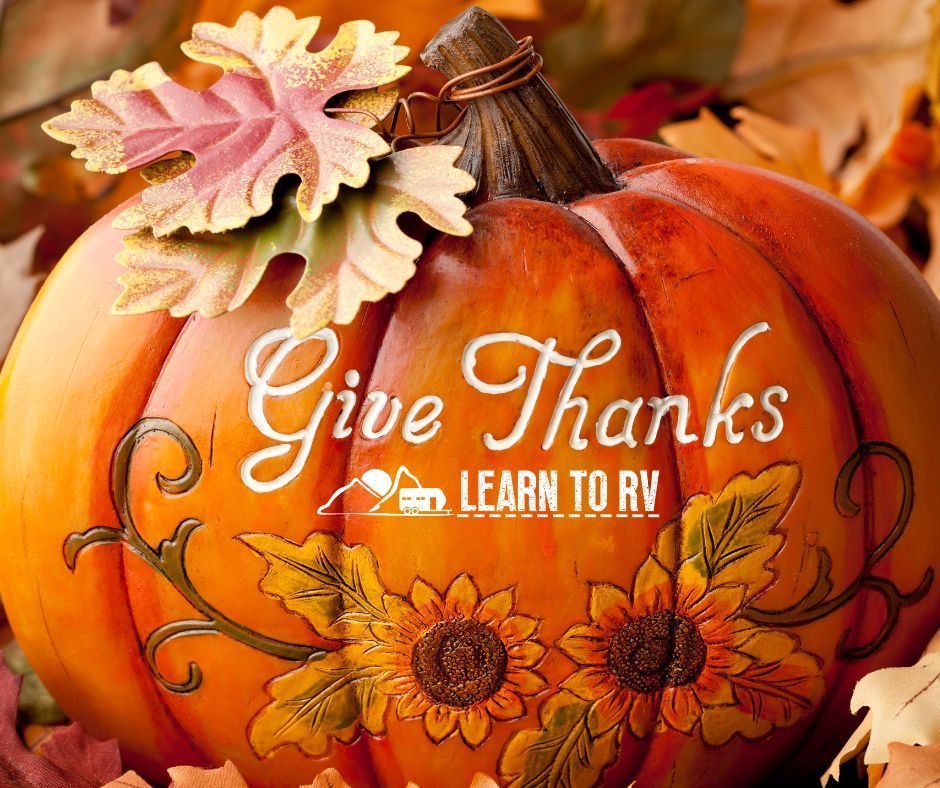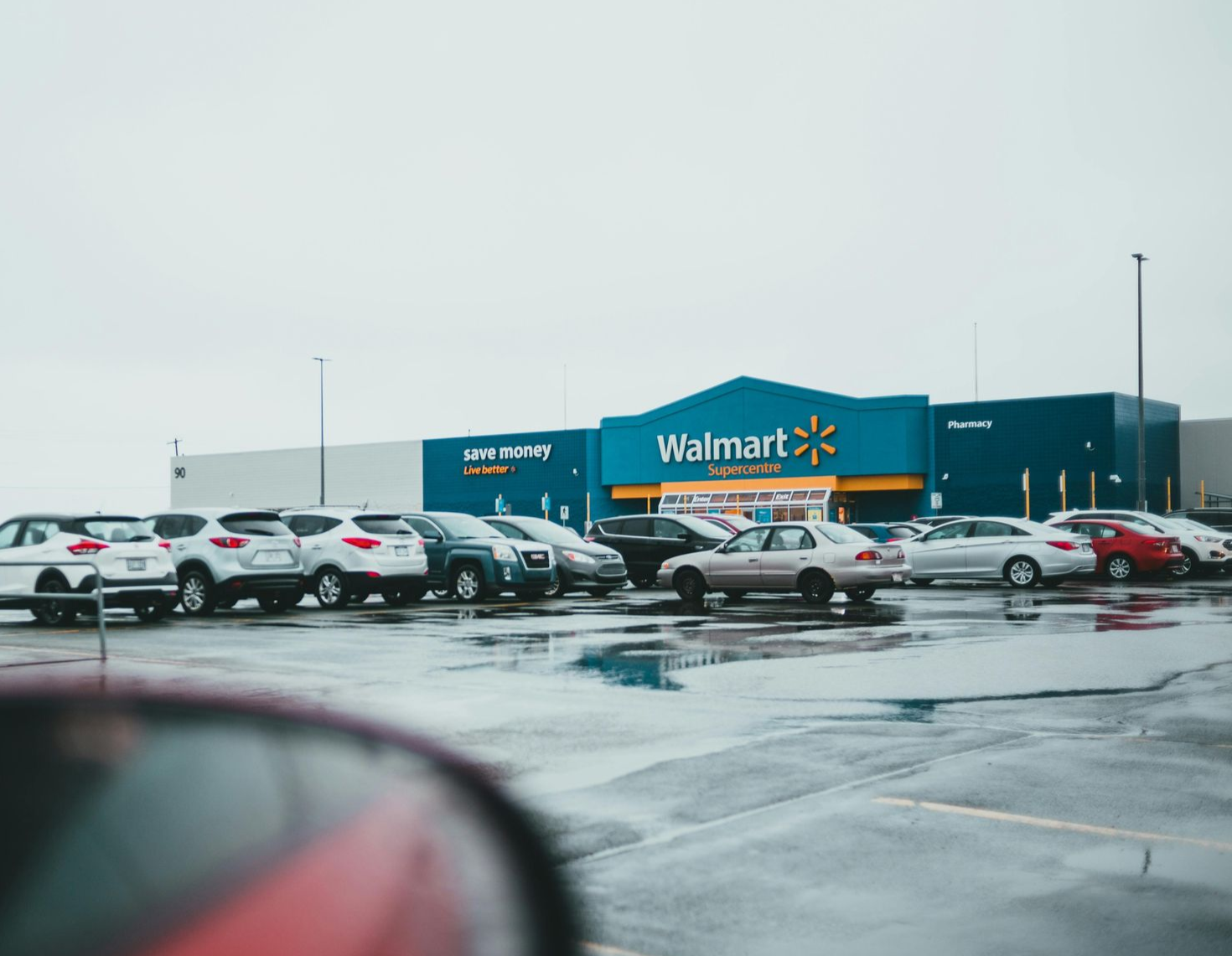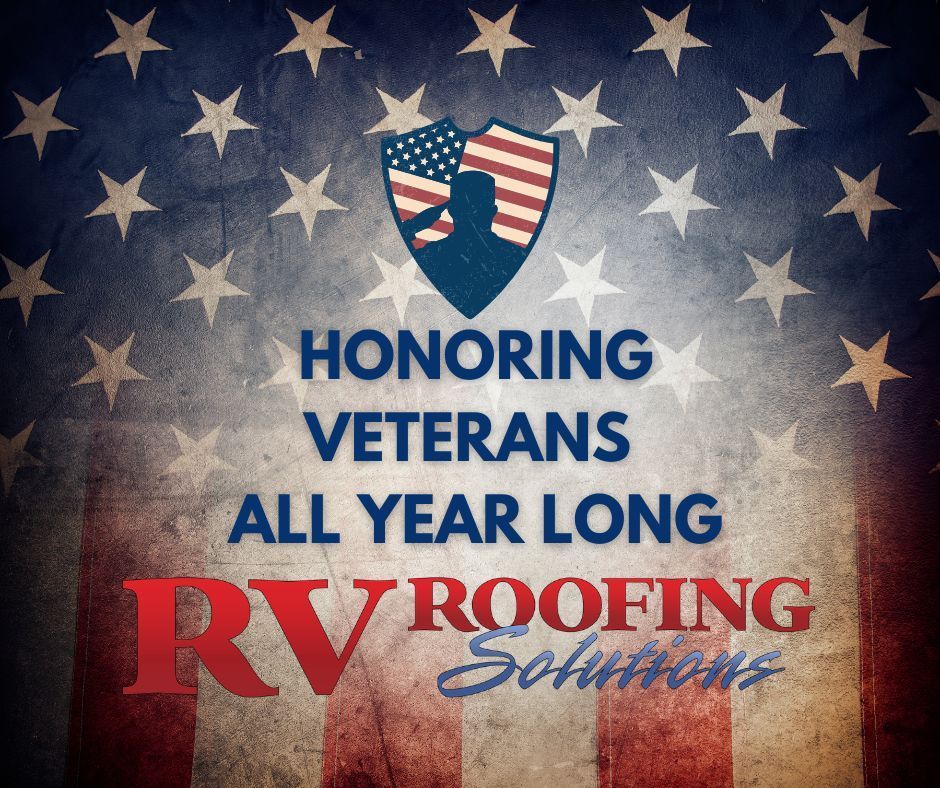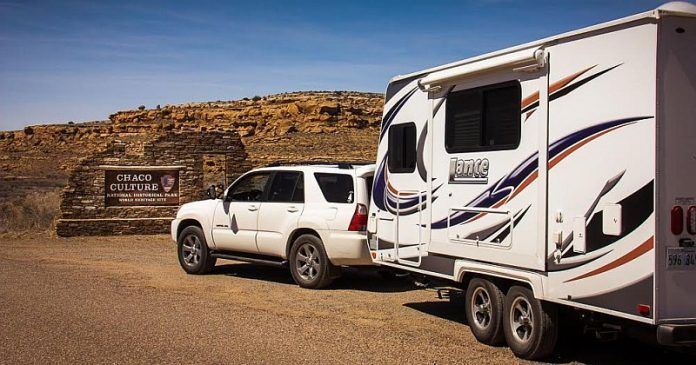Tiny Space, Big Wins: RV Organization Tips That Work
BG Barnstormer • July 9, 2025
RV’s provide an organizer a next-level opportunity to master organization like an Olympian. No matter how many RV’s, kitchens, or homes I organize, there are always challenges that can stump even the most savvy organizer. It’s ok if you’re not an expert or an Olympian, I’m here to help you get some pro tips in organizing your RV.
We have been full-time and then became part-time RV travelers since 2020. In each phase of our RV journey, we adjusted organization to each season of life. When we first launched as full-time travelers, my children were six, eight, and ten. This presented a unique set of challenges for storage of toys, clothes, and shoes (the ever-challenging struggle in every RV’ers home!) Here, I’ll share some different ideas for organization any RV’er can appreciate.
I have four areas to share pro-tips for RV’ers including: kitchen, shoes, bedroom, and bathroom. Each area or zone has its unique challenges and every RV is different, so it’s all about knowing that organization is a work in progress until it works for YOU! My biggest suggestion is to buy many baskets and bins, save the receipt, and return what doesn’t work. It’s much easier to get a lot of things and then return what doesn’t work than to have to go back to the store mid-project.
The first step in organization for me is always decluttering. Once you have identified that you don’t in fact need five kitchen spatulas, you can find a drawer or caddy to contain the items you do need and use in your RV. If you find that you use all the things, it’s time to find a way to store them.
The first post I ever wrote on organization (HERE) walks you through some of my pro tips that I made into a top five list:
My Top 5 Tips for organizing:
Tip #1: Everything needs a home
Tip #2: Start small
Tip #3: Location - Things should make sense
Tip #4: Elsa THAT! (Let it go!) Purge
Tip #5: Baskets! Rectangles & Squares Only!
In another blog of mine on organization (HERE), I break down each of the above tips and share some ideas to help you get going on your project.
Kitchen
RV kitchens cabinets are anything from narrow and deep to wide and shallow, with not always well-thought-out function of use of the space. I always recommend rectangular baskets for utilizing spaces efficiently. My personal favorites are from Target (white weave baskets) or The Container store (clear bins or other as necessary for the space.) These baskets or bins typically fit well into the cabinet and can be pulled down from a tall cabinet to access things on taller shelves. Baskets also come in handy to prevent things from falling out on you after a travel day. Having things contained keep your things together and you safer when opening cabinets, win-win!
Top items which usually cause RV’ers trouble for storing include Kitchen Aide, air fryer, and the Instant Pot. These Items I suggest to consider where you have the most space in your kitchen (or outside kitchen) and where they will fit. After you’ve identified where things fit, then you can put the items there and organize the rest of the items you have around what works for the larger items. One of the RV’s I have owned over the years, I was stumped on where my Instant Pot would fit and a friend pointed out that it would fit on top of a cabinet. I was thrilled because it did!! I didn’t need to move it for travel days because the cabinet had a ledge that secured it in its location.
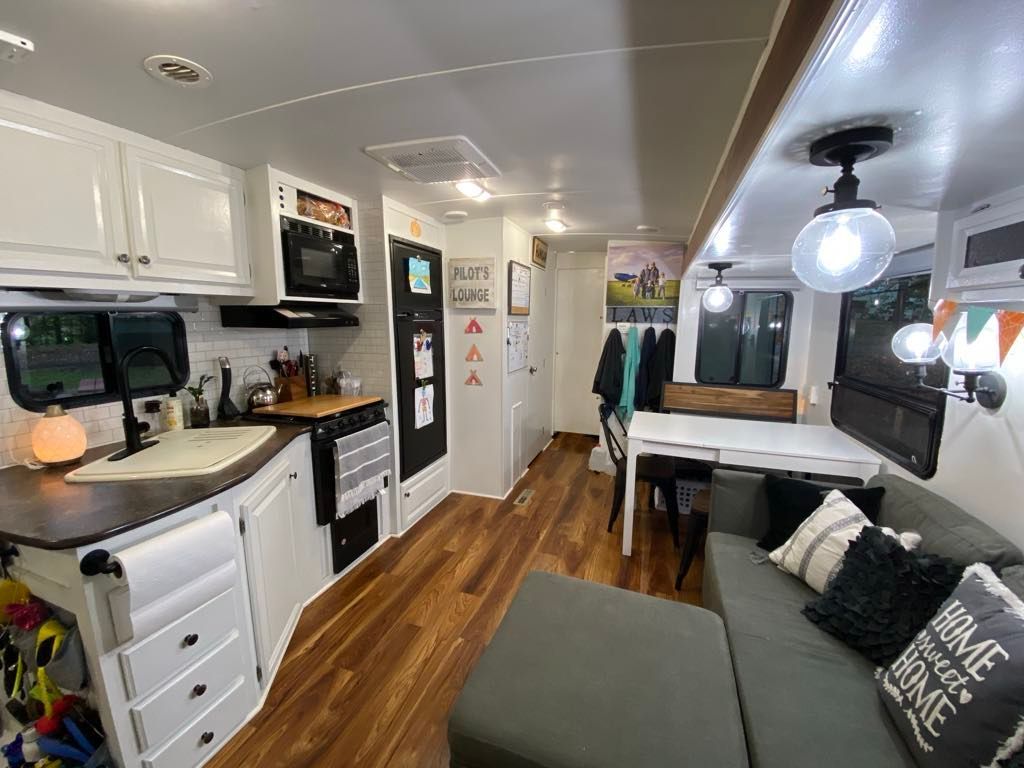
In my current RV, we pulled out the booth and added in a bench with stools. Below the bench, I have easily accessible baskets for items (cereal container, pots and pans, and our Instant Pot.) Each RV has different usable spaces, so finding ways to access things you need and store them easily is the key.
Kitchens are my favorite space to organize and I would be remised if I didn’t mention some of my favorite items! These brands are top quality and provide space-saving options without cutting corners on quality and function. Some suggestions on RV kitchen items and brands I recommend:
Magma pots and pans which are great for a space-saving pots and pan set. I picked the induction-capable option because we have an induction-cooking plate we use in our outside kitchen. I have had these pots and pans for over five years and we love them! Highly recommend, plus they are a great space-saving option.
Joseph Joseph Brand: I LOVE and recommend three of their items for every RV’er! Yes, they may be an upgrade from the cheap items many people have in their collections, but I can personally attest that I have had each of these items for over five years and they are still in exceptional shape and held up well over time. I even decided to purchase the utensils set for my stationary home because I love them so much! The three items I have and recommend are:
Shoes
Let’s just call it as it is: SHOES ARE EVERYWHERE!!! Phew! In the three RV’s we have owned in the last five years, I have worked to master shoe storage effectively and efficiently. I have added over the door shoe storage or cut the caddy up and then used washer and screws to secure it to a wall where it’s convenient for functionality.
I have also found countless shoe storage options for walls on amazon. It’s not a one size fits all solution. Depending on your space, number of people, and number of shoes, it really depends on the solution. For my clan, we have a typical daily shoe such as Crocks or sneakers. All other shoes are stored in “auxiliary storage” in a place where we have more room, but is also convenient in case we need to grab the hiking shoes or rain boots.
Another great pro-tip for shoe storage is using the edge of beds in the master bedroom. Pinterest shows all sorts of options for using different methods for securing shoes to the base of a bed. This provides easy options for grabbing a pair of shoes you need accessible, yet don’t need right by the door to the rig.
Outside shoe storage is an option many people enjoy. I’m a bit leery of creatures finding their way into my shoes, so I’m not personally taking the risk of leaving my shoes outside. I have met many RV’ers who have a bucket for shoes, magnet hangers for clips on their steps, or an outside suction cup-type shoe hanger that sticks to their rig. Whatever method works for you, I find that if it’s functional and easy to use, it tends to be more effective and works well long-term.
Currently, we have some under-bed-storage bins that slide out from under our Ikea couch. The bins work great to toss shoes in (even though my kids prefer to leave their shoes all over the floor. The struggle is real!) Usually at the end of the day, I do a final walk through the rig and tidy up my home so I don’t trip on five pairs of shoes first thing in the morning. I line up the shoes in a place where I won’t step on them. As soon as my Minions are awake and out the door, the shoes are gone, poof! Then of course, when they wander in for the next meal, the shoes reappear and sometimes end up in the general area where they are supposed to be. Needless to say, you’re not alone in this shoe-situation! Our shoes have a home, whether they end up there or not.
Bedroom
Whether you are a person who folds, hangs, wads, or shoves clothing in an RV, everything needs a home to stay tidy. In our first RV, each of my kids had a drawer for their clothes. As the kids grew and their sizes did too, I had to expand the area for clothing storage to fit our needs. In our second RV, it was a Toy Hauler and the bathroom had a deep cabinet right next to the shower, which worked well for each kid having a shelf for clothes. I had bins that could be pulled forward in the deep shelf that fit the space and then organized clothes inside the storage bins. In the master bedroom is where my hubby and my clothes were stored. We hung up pretty much everything and had a few bins for storage in the bottom of the closet.
Bedroom organization is very personal to each individual because some people prefer to roll their clothes while others like to hang them up. For us, I found that the biggest factor for clothing storage was making sure to have enough but not too much. We tend to find that seven to ten days of clothes was the perfect amount for us in our full-time travel journey. We also had all four seasons of clothing, including rain boots (doubled for snow boots in Texas the year we were there and there was an ice storm), snow pants, snow jackets, puffy vest to layer with jackets, a light zip up jacket, hats, mittens, and I’m sure a few more things I’m not thinking of at the moment. WHERE DID ALL THAT STUFF GO!? Generally, we chased 60° weather, so we typically had shorts and t-shirts out. In that case, the cold weather gear (like snow pants and jackets) were typically stored under the master bed. In the case where storage was becoming tight, we used the bags that vacuum seal to suck all the air out and save space. Rain boots typically needed easy access, so they either were under a bench, couch, or in an easily-accessible, yet not in the way, area to grab when it was muddy.
Over the door organizers are another great way to expand storage options for coats or gear that you don’t want out in the living room, yet don’t fit in your closet. Many people also use Command Hooks or similar items on amazon to put a hook up in a place for items they want easily accessible, yet tidy.
However you organize your clothes, shoes, coats, and more, keep in mind that less is more. You can always do laundry and layering clothes is great for warmth and saves closet space. I found that a capsule wardrobe was my easiest go-to tip for keeping clothing minimal while still having options for looking cute in the woods or dressing up for a fancy event.
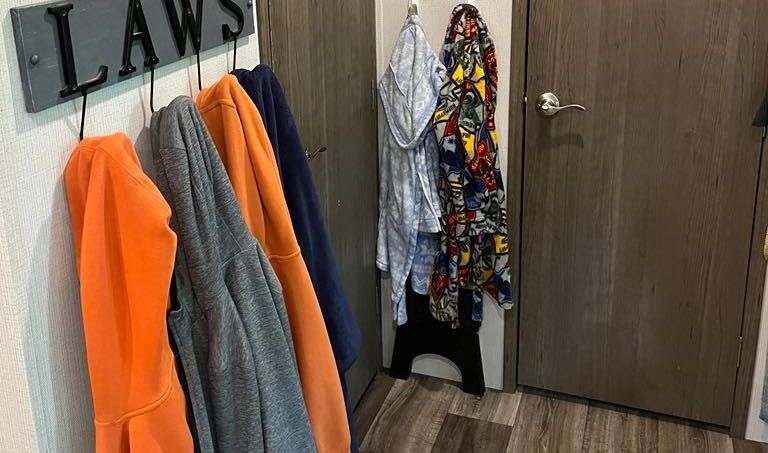
Bathroom
HERE I share some tips for organizing bathrooms. In addition to that blog, I want to specifically remind RV’ers that having bins and baskets in a bathroom really help to keep a space organized for travel days when your rig is experiencing an earthquake going down the road. I find that the office section of stores like Target, Walmart, or other office supply stores have some of the best organizational items for RV bathrooms. Pen holders can double as toothbrush holders and mail organizers often fit well in bathroom cabinets and keep items contained for travel days.
Remember that vertical surfaces are a great way to add extra storage. In one of our rigs, we bought some hooks off amazon that stuck to a wall and used them on the back of the sliding door for hanging towels up, since our bathroom was small and there was not a great place to hang five towels there. In our current rig, we added an over-the-door hanger in our bathroom to put our towels on. Every single space is different, so finding something that is functional in your space is key. I often find myself asking, “What is not working?” and “What do I need?” These questions help me troubleshoot options and often the children are helpful in finding a creative solution when I get stuck. We are all in this together, so it’s a great team activity!
Final Thoughts
Whether you have your space completely organized or are at the beginning of your organizational journey, I find that having things in a specific place or “home” helps to ease frustration and makes travel days less stressful. Over the years of moving, RV’ing, and travel, my kids have learned to help create an organized space to decrease stress and increase function. Organization can take some time up front, but I have found the freedom in mental space worth the struggles to get there.
Take one space at a time; I recommend starting with the bathroom, since it’s a much smaller space and you’ll find that mastering a small space can help you be energized to master other spaces in your rig. Remember that function starts with FUN. Try to have some fun in the process!
Signing off,
BG Barnstormer
Other blogs you might like...
